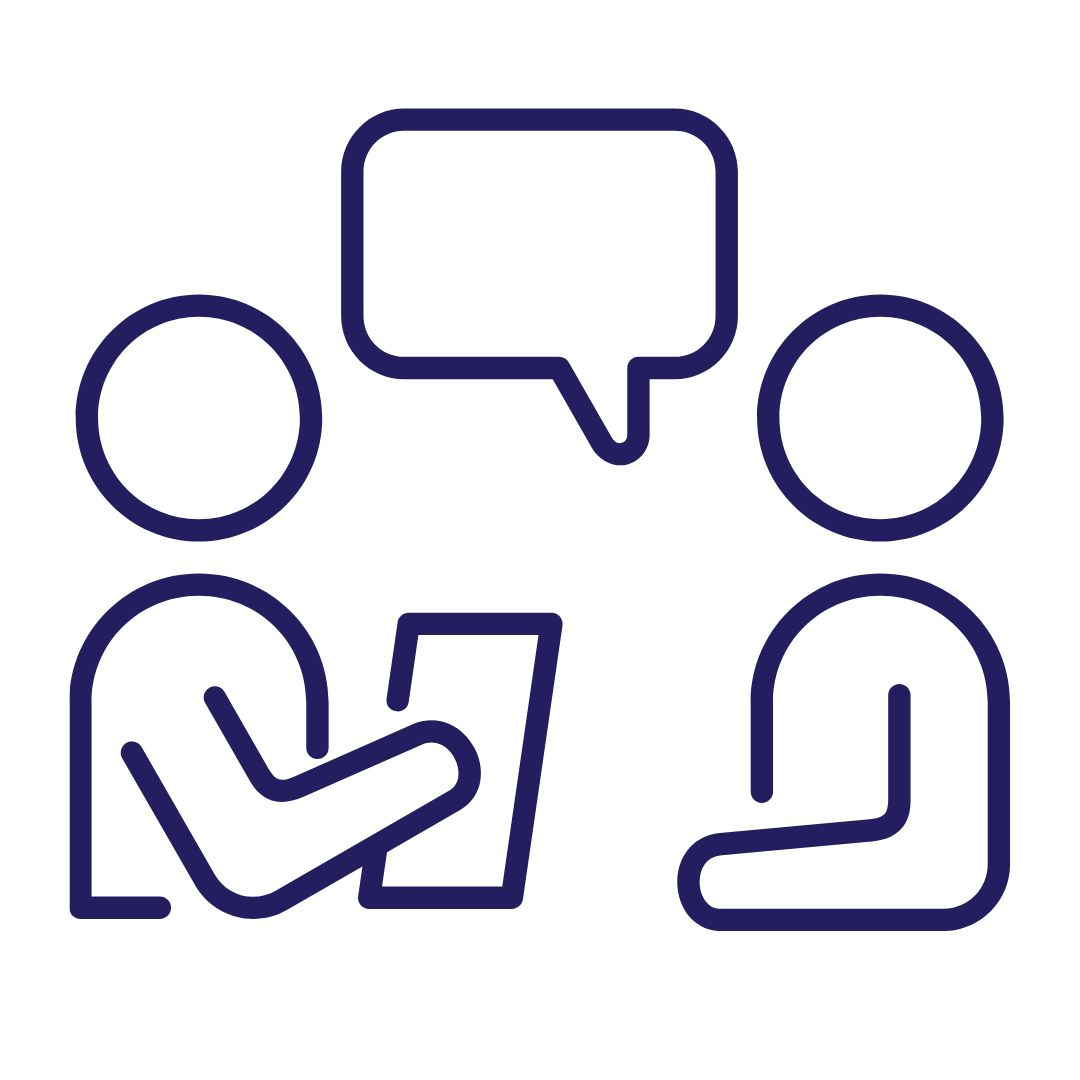Two things your company can do today to hire more equitably
Start by measuring each part of your hiring process for the kinds of diversity you’re trying to hire for.
Metrics are key to understanding shortcomings in your hiring process and where to focus resources and effort. Just like you would collect metrics on a business effort, collect metrics in your hiring process. This means having a centralized, organized way for each team to report. From sourcing, to screening to onboarding and negotiation, it is critical that you understand where candidate dropout or rejection is happening.
Start by measuring each part of your hiring process for the kinds of diversity you’re trying to hire for. Collect data wherever you can (you can ask candidates to self identify when they apply or collect data from third party vendors you use). This is especially crucial for automated screening rounds, like resume matching or whatever technology you use to decrease the initial pool of candidates. This will allow you to measure if your screening software is unintentionally rejecting candidates from certain demographics. We frequently find that women face higher rates of undeserved rejection in automated screening. Other candidates who may have less common career journeys, like veterans, may also face high levels of rejection if screening tech hasn’t been taught how to read resumes like theirs.
It is equally important to measure the metrics of your human driven hiring processes as well, including interviews, technical tests, offers, etc. After collecting these metrics, make sure you act on them. Are diverse candidates getting turned away at the interview stage? Who typically interviews candidates? Are your interview panels diverse? How old are candidates and are candidates of a certain age more likely to make it through your process? What can your organization be doing to make small improvements across each stage of your hiring process?
Do your diversity initiatives have clear end goals and data collection plans?
Far too often, diversity initiatives are introduced with no clear end goal or data collection plan. It is hard to know what's working and how. If you’re going to try a new initiative, (i.e. a mandate of two diverse candidates for the most senior jobs, or a new resume screening technology), you need to be collecting data so you can see how successful it is. Remember that data is knowledge, and can empower your company and your team to be more effective.
One of the other most effective strategies to ensure a more fair hiring process is standardizing it. This means creating clear, universal rules for everyone in your organization to follow when they hire a new team member. This is one initiative that doesn’t cost extra money but can have a huge impact on organizational diversity.
Far too often, the hiring process is different for different kinds of applicants. For example, a candidate who applied online on a job board will be led through four rounds of interview, a technical test, and additional screening while a candidate who was referred by an existing employee will have an informal talk with the hiring manager and one additional interview. It isn’t totally unreasonable, there is an existing level of trust with a referred candidate over a stranger. Yet, consider how this may reinforce homogeneity in your workplace. Your employees likely know people who are similar to themselves, and a candidate who has a more casual interview process may be far more likely to be chosen than someone put under much more intense scrutiny. How can you compare a technical test and three interviews with a single interview and a referral in an unbiased way? These are simply different things.
"Your success will be the cumulative impact of small efforts."
Create a standard hiring process that every single applicant goes through, regardless of how they came to you. This will allow you to truly evaluate finalists on equal footing, and also to cut out unnecessary steps in your interview process. Consider the most crucial pieces of your hiring process, and make a plan. Maybe, every candidate for a technical role does one technical test, an interview with a hiring manager, and an interview with a panel from the team they’ll be working on. Perhaps every senior leadership candidate does a business problem interview, and two panel interviews with stakeholders. Consider collecting data during this process (like creating a rubric upon which interviewers can evaluate candidates for each question or problem from 1-10). All of this will help you make informed decisions on candidates and avoid the pressures of unconscious bias. We also encourage you to create a standard list of questions that each candidate for a particular job will be asked. It is labor intensive, but can enable much more fair comparisons between candidates. When your team sits down to draft out a position and post a job description online, take this time to decide what business needs this role addresses, the important qualities and qualifications you’re looking for in a candidate, and what questions to ask candidates when you start interviewing.
Ultimately, deepening your organization’s commitment to diversity is a complicated process. Your success will be the cumulative impact of small efforts. Metrics and standardization will be a simple way for you to track progress and ensure that your other efforts are as impactful as possible. Standardization ensures that differing experiences in the hiring process are not causing your other DEI efforts to be less effective and metrics will help you learn what efforts are working and which ones are not.
Looking for more information on equitable hiring? Team Meytier is deeply passionate about this subject. Do you have a question about equitable hiring you’d like us to write about? Reach out here.
How to source more diverse candidates
Five tips to writing a great job description
Privacy Policy Terms Of Use




